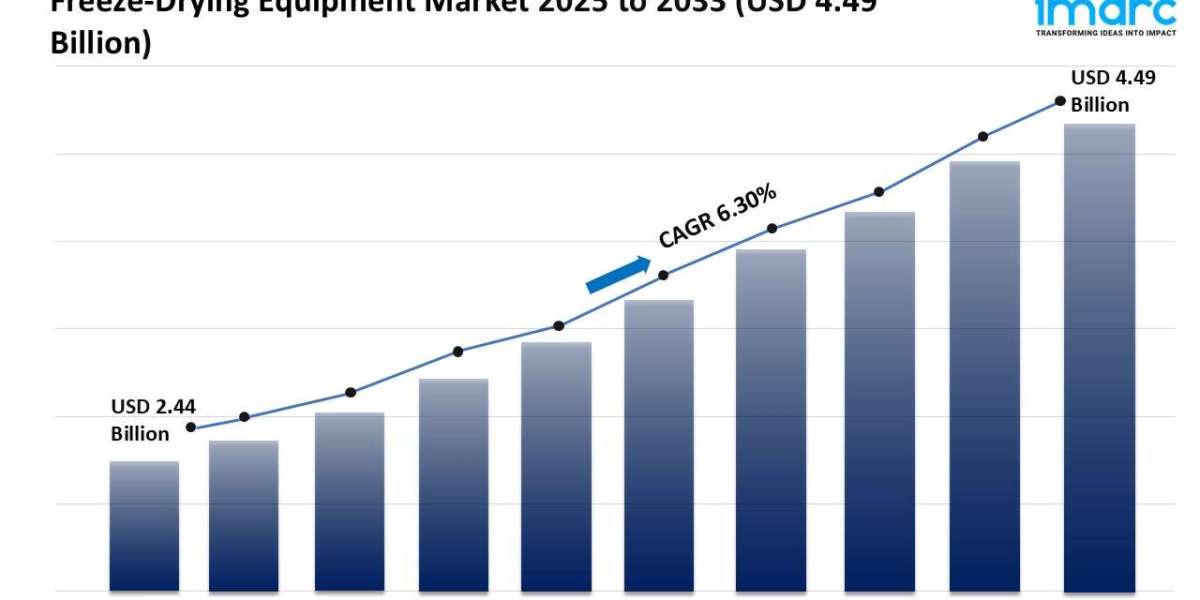Family memories are rarely stored on shiny hard drives or cloud accounts when you look back a few decades. Instead, they sit quietly inside photo albums, boxes tucked away in the attic, or envelopes yellowed with time. These images, often fragile, capture childhood smiles, wedding vows, vacations, and milestones that shaped our family stories. The real challenge today is bringing those moments into the digital world—without spending weeks hunched over a scanner.
That’s where learning how to scan old photos automatically changes everything. With the right tools and techniques, those fading prints can find new life on screens, shared across generations within minutes. This article dives deep into practical ways to digitize your photos, tools that simplify the process, and smart strategies to save both time and effort.
Why Manual Scanning Isn’t Always the Best Option
Traditional flatbed scanners are reliable, but anyone who has tried digitizing hundreds of photos this way knows how exhausting it gets. You place one photo, scan it, wait for the file to process, then repeat. Many people now look for smarter solutions like how to scan old photos automatically because if you’re dealing with entire albums, that could mean hours—sometimes even days—of repetitive work.
Automatic scanning solutions, on the other hand, use modern technology to:
Detect multiple photos at once on the scanning surface.
Crop and align images automatically without manual editing.
Enhance faded colors and fix scratches using software.
Save digital copies in bulk without interrupting your flow.
This is why many people are shifting their focus to smarter methods.
The Rise of Automatic Photo Scanning Apps
One of the easiest ways to learn how to scan old photos automatically is through mobile apps. Developers have created user-friendly apps that leverage your smartphone’s camera along with AI-based algorithms.
Some popular examples include:
Google PhotoScan: A free app that detects glare, aligns edges, and exports high-quality images.
Photomyne: Known for batch scanning, it can capture multiple pictures laid out on a table in one go.
FamilySearch Memories: Great for organizing family photos directly into genealogy trees.
These apps are particularly useful if you don’t own a scanner at home. All you need is good lighting, a steady hand, and your phone.
Automatic Document Feeders (ADFs) for Large Collections
If you’re tackling shoeboxes full of prints, investing in a scanner with an Automatic Document Feeder is a game-changer. Unlike flatbeds, these devices can pull in stacks of photos one by one, saving significant time.
Key advantages of ADF-based photo scanning:
Handles hundreds of prints in a single session.
Reduces physical effort since you don’t need to replace photos manually.
Many models come with dust detection and scratch removal technology.
Models like Epson FastFoto FF-680W and Canon ImageFormula are favorites among families who want efficiency without compromising image quality.
Automatic Cropping and Edge Detection
One question people often ask is: How do I keep each photo perfectly cropped without hours of editing? Luckily, advanced scanning software has made this easy.
Modern apps and scanners automatically:
Recognize the boundaries of each photo.
Straighten tilted images.
Apply corrections for perspective distortion.
This means you can lay multiple prints on the scanner glass, and the software will separate them into individual digital files. It’s a perfect example of automation reducing what used to be tedious work.
Enhancing Photos with AI Tools
Once your images are digitized, you don’t have to live with faded colors or scratches. AI-powered software like Remini, Adobe Photoshop Elements, or even built-in filters in scanning apps can automatically:
Restore sharpness to blurry images.
Recolor black-and-white pictures.
Balance contrast and brightness.
Remove creases or dust marks digitally.
So, not only do you learn how to scan old photos automatically, but you also improve them to look as vibrant as the day they were printed.
Organizing Your Scanned Collection
Digitizing isn’t just about capturing the photos—it’s about making them easy to find later. After scanning, consider:
Tagging faces: Many apps allow you to identify people, so all pictures of “Grandma” can be grouped.
Adding dates and locations: Even approximate years help in sorting images chronologically.
Using cloud storage: Google Drive, Dropbox, and iCloud ensure your digital collection is safe and shareable.
Organizing photos as you scan them saves hours of confusion later.
A Step-by-Step Process: How to Scan Old Photos Automatically
Here’s a practical workflow anyone can follow:
Gather your photos: Collect albums, envelopes, or boxes into one place.
Choose your tool: A mobile app for quick scans, or an ADF scanner for bulk work.
Prepare your photos: Wipe dust gently with a microfiber cloth to avoid damage.
Scan in batches: Let automation crop, align, and enhance each image.
Save and backup: Store in at least two places—your computer and cloud storage.
Organize smartly: Add tags, captions, or folders for easy access.
Following this process keeps the task smooth and manageable.
Challenges and How to Overcome Them
While the process is straightforward, a few challenges can arise:
Glare on glossy photos: Use scanning apps that remove reflections automatically.
Curled or bent photos: Flatten them under a heavy book before scanning.
Very old fragile prints: Place them carefully on flat surfaces or use protective sleeves.
By addressing these small hurdles, you’ll achieve consistent results.
The Emotional Value of Automatic Scanning
Technology isn’t just solving a problem here—it’s reconnecting people with their history. Once you digitize your collection, you can:
Share old wedding photos instantly in family WhatsApp groups.
Create digital slideshows for birthdays or anniversaries.
Gift photo books that mix scanned images with modern designs.
It transforms family history into something alive, accessible, and easy to celebrate.
Final Thoughts
Learning how to scan old photos automatically is less about technology and more about preserving memories for the future. The beauty lies in how effortless it has become—apps, smart scanners, and AI-based tools explain how to scan old photos automatically while removing repetitive tasks and delivering beautiful results.
The next time you stumble upon a dusty album, don’t think of the work ahead. Think of the stories waiting to shine again on digital screens. With automation, the journey from shoebox to smartphone is faster, simpler, and far more enjoyable.



